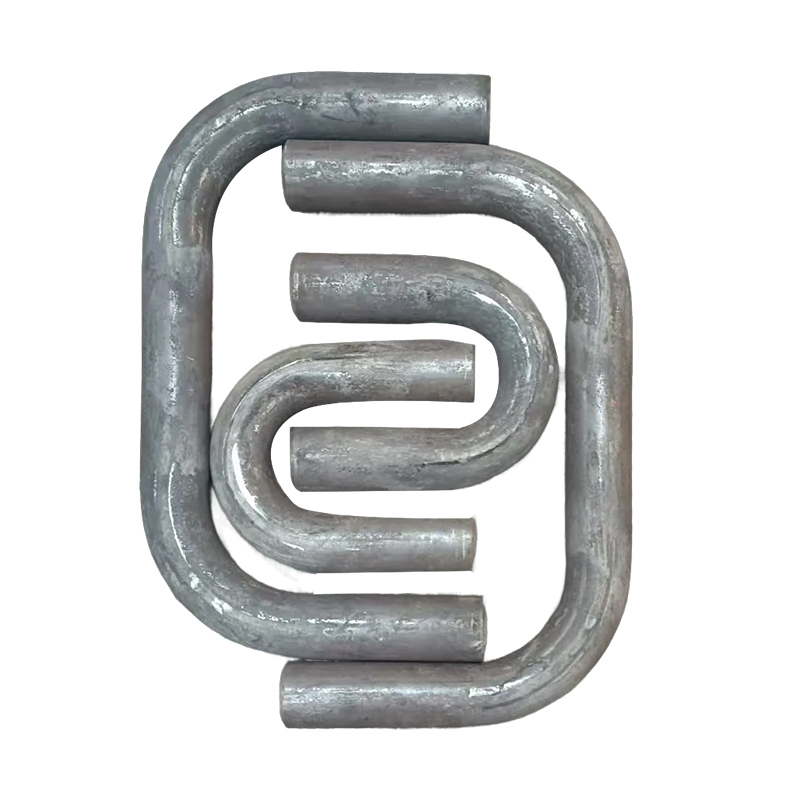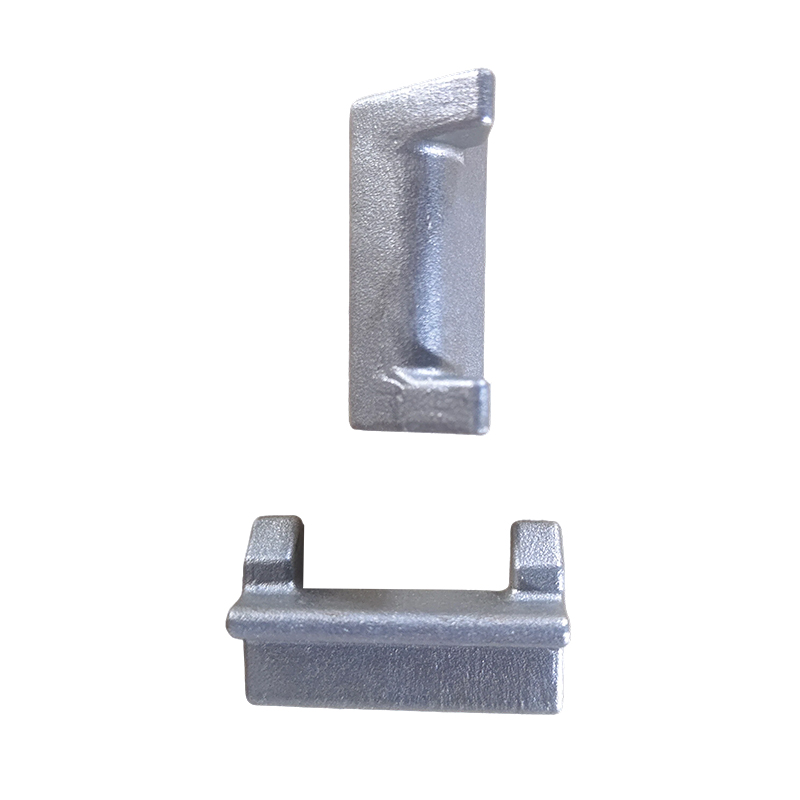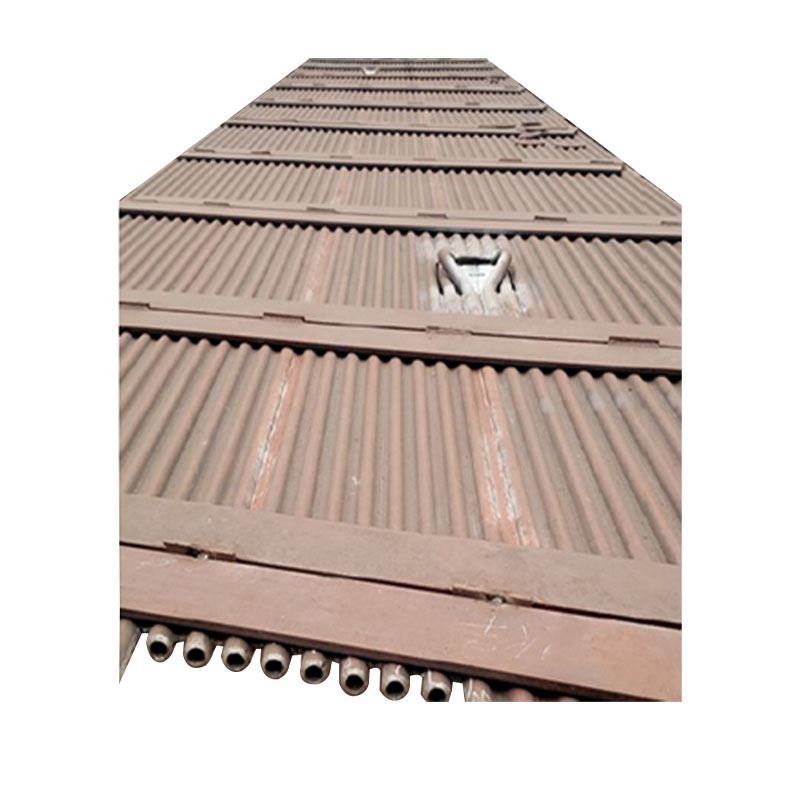How does the tube arrangement of water wall products affect the uniformity of heat transfer in the boiler furnace?
Release Time : 2025-08-18
The arrangement of the tube banks directly affects the uniformity of contact between the flue gas and the tube walls. Common tube bank arrangements include sequential and staggered arrangements, each of which provides different guidance for flue gas flow. In sequential arrangements, the tube banks are aligned in the direction of flue gas flow. The front row of tubes creates a certain "shielding" effect on the rear row of tubes, potentially reducing the contact area between the rear row tube walls and the flue gas, and thus reducing heat transfer. Staggered arrangements, however, reduce this shielding by staggering the tubes, allowing flue gas to more evenly flush the tube walls of each row as it flows through the bank. This avoids heat transfer weaknesses caused by insufficient flue gas flushing in certain areas, thereby improving overall heat transfer uniformity.
The spacing between tube banks influences heat transfer distribution by regulating the amount of space available for flue gas to flow. Too small a spacing between tube banks restricts the flue gas flow area, resulting in faster flue gas velocity in certain areas, increased flushing intensity, and enhanced heat transfer to the tube walls. Excessive spacing between tube banks can slow the flue gas flow, leading to reduced heat transfer efficiency in certain areas due to low velocity. The appropriate spacing between tube banks must match the flue gas flow rate and velocity within the furnace, ensuring a relatively uniform flue gas velocity throughout the entire bank area. This ensures that each tube experiences similar scouring intensity and avoids uneven heat transfer due to varying flow velocities.
The matching of the bank density with the furnace heat load distribution is crucial for achieving heat transfer uniformity. Heat loads naturally vary across different furnace zones, with higher loads in the combustion center and lower loads in the peripheral areas. If the bank density is maintained throughout the furnace, high-load areas may experience insufficient heat transfer area, hindering timely heat dissipation and resulting in localized high temperatures. Low-load areas may experience excess heat transfer area, leading to energy waste. By creating a differentiated arrangement with denser banks in high-load areas and appropriate spacing of banks in low-load areas, the heat transfer area can be aligned with the heat load requirements, achieving uniform heat absorption and transfer.
The variation in the bank arrangement along the furnace height affects vertical heat transfer uniformity. The flue gas temperature and heat load within the furnace exhibit a gradient along the furnace height, decreasing from the combustion zone to the outlet. The tube bank layout must accommodate this vertical gradient. By adjusting the tube bank density, arrangement, or tube specifications at different heights, the heat transfer capacity of the water wall products at each height segment can be aligned with the heat load in the corresponding area. For example, a more compact tube bank layout can be used in the high-temperature combustion zone to enhance heat transfer, while appropriate adjustments can be made in the flue gas cooling zone to reduce the heat transfer area and avoid uneven temperature distribution caused by an imbalance in vertical heat transfer capacity.
The compatibility of the tube bank with the furnace shape affects the uniformity of heat transfer in corners. Furnaces are typically rectangular or cylindrical. Corners are prone to forming "dead zones" due to poor flue gas flow, resulting in insufficient heat transfer from the water wall products in these areas. The tube bank layout should be optimized in conjunction with the furnace geometry. In corners, flue gas scouring can be enhanced by adjusting the tube bank orientation, increasing local tube bank density, or installing diversion structures to direct flue gas flow toward these corners. Furthermore, proper spacing between tubes in corners and adjacent tubes should be ensured to avoid insufficient heat transfer area due to space constraints and ensure that the heat transfer intensity in corners and central areas is consistent. The overall layout of the tube banks guides the flue gas flow path, determining global heat transfer uniformity. Tube banks are not only heat transfer elements but also crucial structures for guiding flue gas flow. Improper layout can cause flue gas to form eddies or deflections within the furnace. Eddies can prolong flue gas residence time, leading to localized excess heat transfer. Deflections can also cause flue gas to concentrate in a specific area, resulting in excessive heat transfer there and insufficient heat transfer in other areas. By optimizing the overall layout of the tube banks, flue gas flows evenly along a pre-defined path within the furnace, reducing eddies and deflections. This ensures that heat is evenly transferred to all areas of the water wall products through the flue gas diffusion, achieving global uniform heat transfer.
The tube bank connection method of membrane water wall products enhances heat transfer uniformity by strengthening the overall integrity. Membrane water wall products use fins to connect adjacent tubes into a single wall. This arrangement eliminates gaps between tubes, preventing flue gas from directly penetrating the gaps between the tube banks and forcing it to flow along the wall, enhancing contact between the flue gas and the wall. At the same time, the presence of the fins increases the overall heat transfer area, and heat can be transferred between the tubes through the fins, diffusing heat from local overheating areas to lower-temperature areas, reducing local temperature differences. This holistic tube bank layout improves heat transfer uniformity within the furnace from both spatial distribution and heat conduction perspectives through structural optimization.







